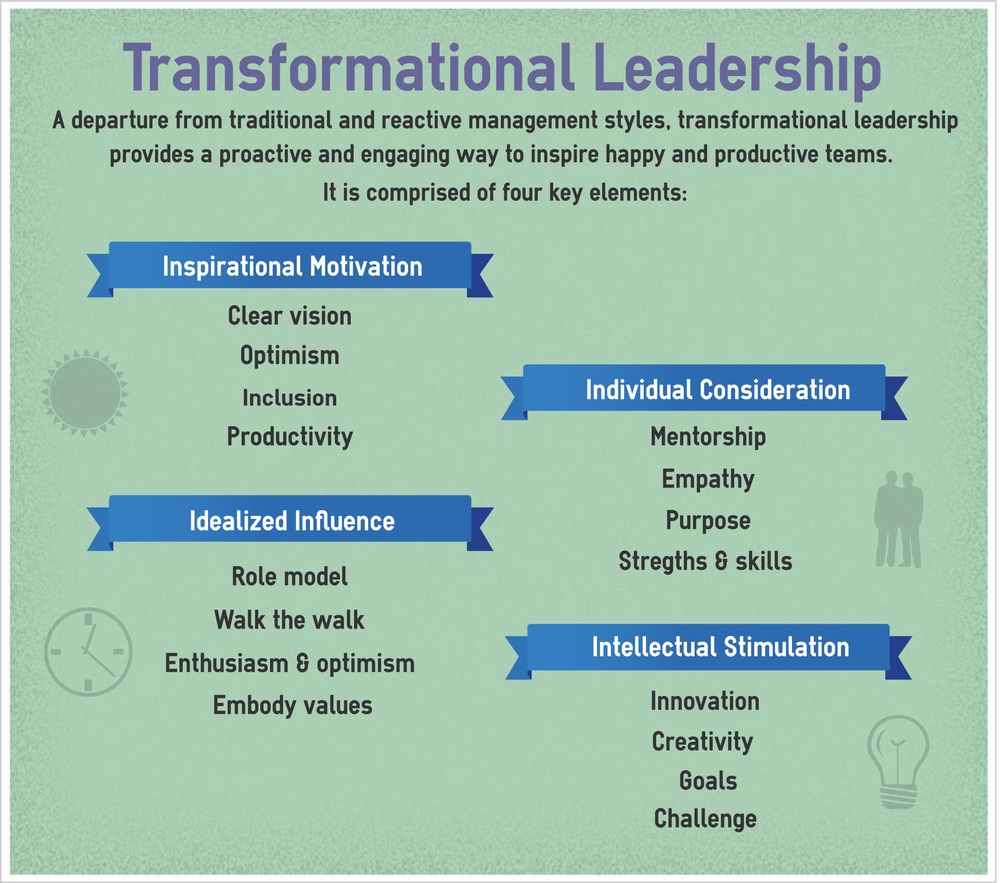Why are schools failing?
Before we explore school improvement strategies, it’s crucial to understand why so many schools fail. Aside from mismanagement and the socioeconomic status of the school and its students, many of the issues begin directly in the classroom. According to an academic journal article in JSTOR, schools fail for a number of reasons that occur in the classroom. The author identifies six factors of critical importance that cause low school performance:
1. Failure to teach prerequisite skills
In most subject areas, topics are taught in a hierarchical sequence, arranged by level of difficulty. The student should master each topic before moving on to the next. However, many schools struggle to uphold this system. This often causes detrimental effects on the student’s success, and the school’s performance overall. A student who fails at one level is almost certain to fail at the next stage unless there is intervention. However, when guidelines are enforced, dramatic reversals of failures are likely to take place.
2. Faulty Study Skills
Current research overwhelmingly suggests that time invested in helping struggling students to develop proper study skills results in much more effective instruction and learning. This may sound obvious, but very few schools implement this practice.
3. Inappropriate Homework
Homework can be a valuable asset to learning, but it is often poorly handled by teachers. If homework is truly meaningful and integrated with classroom activities, it can enhance student learning. According to an APA study, homework should do the following: 1) act as additional practice to classroom lessons; 2) incorporate outside sources to support in-class material; 3) be done independently, with questions answered in the next class period.
4. Material That Is Too Abstract
Students develop abstract thinking naturally by engaging with material that gradually incorporates both concrete and abstract concepts. Eventually, through instruction, the students’ attention is guided more and more toward the abstractions, and they are able to understand them. Without this process of preparation, most students are not able to successfully comprehend materials like The Scarlet Letter or Moby Dick, which are written for adult audiences.
5. Failure to Deal with Failure
Dealing with students’ failure in schools is a matter of balances — protecting self-esteem, rewarding actual accomplishments, setting high standards, and supporting without accepting failure. Schools that struggle with finding the balance between academic standards and students’ feelings also struggle with performance. Setting low standards allows students to feel good about themselves, but often at a detrimental cost.
6. Ignoring Behavior Modification Principles
There are many strategies of behavior modification in schools, but the most crucial are the principles of reinforcement and punishment. Reinforcement means that a student feels good directly due to his or her performance or behavior. The school must ensure that the good feeling is present and directly tied to the completion of the desired action. If that occurs, the student is much more likely to repeat the same behavior in the future. The principle of punishment works in the same way, but with negative behavior, ensuring that the negative action is less likely to occur in the future.
These six factors can make a considerable difference in a school’s performance. But what makes the biggest difference between failing schools and successful schools? Extensive studies by the U. S Dept of Education, the Wallace Foundation, and the U Chicago have all found that effective leadership is the crux of school turnaround. An interesting aspect in play is the specific type of leader that manages successful schools. We explore the theory of school leadership types further below.
Best leadership style for turning around failing schools
The Harvard Business Review carried out a long-term study of over 400 school leaders to determine how they succeeded or failed in turning around struggling schools. The most determining factor in the study — school leadership type. As it turns out, the style in which a leader conducts changes has a deeper impact than any other factor in school success. The findings also suggested that schools are appointing, rewarding, and recognizing the wrong type of leader.
So what type of educational leader has been proven to be successful in carrying out the needed changes? As it turns out, the transformational leader had the best outcomes in helping failing schools. At the same time, this type of leader is the least well-known, least rewarded, and least recognized; although this type does a great job, the results of his or her changes take time, allowing the leader to be overshadowed.
However, the transformational leader has proven to be the most effective, is the only type that built a school where exam results continued to improve long after his or her departure. The HBR study calls the transformational leader an Architect — a person who redesigns and transforms, focusing on the long-term results in schools.

The Architect makes the following changes that have proven to have long-term positive impacts on struggling schools:
-
Create a positive environment for students and teachers
-
Redesign the school to better fit the unique needs of the community
-
Increase revenue (by developing non-teaching offerings)
-
Improve student behavior (by moving poorly behaved students into a separate pathway)
-
Improve teaching and leadership (by introducing coaching, mentoring and development programs)
-
Collaborate with organizations to provide students with opportunities
To summarize, Architects (or transformational leaders) take in all aspects of the school, also including stakeholders, the community and its overall role in society. The changes he or she incorporates account for both internal and external factors of a school’s success. This leader’s main goal is to transform students and communities by combining the best traits of other leader types. To read more on school leader types and find out what style fits you, check out our latest article!
What to keep in mind when implementing changes
Before making major changes in your school, it's important to understand the research behind what works and what does not. Another Harvard Business Review study challenges the common beliefs of how to improve a school, which often include raising teaching standards or implementing smaller classrooms. The study combines evidence of effectiveness in schools while using the fewest resources possible. These strategies are more about management and school culture than funding.
HBR found three key revelations from the research:
- Creating the right environment should come before raising teaching standards. This includes management, structure, and compliant but non-suppressed students.
- The key to high performance is student discipline. This factor, right behind school leadership, has shown the most improvement in schools.
- A financial dip may occur for a time before you see obvious results in student performance.

The study of 160 academies revealed a Do and Don’t list when implementing strategies for positive change:
- Don’t improve teaching standards first. Teachers cannot thrive in an environment where they do not have structure, leadership or a positive learning culture. Do work on management, leadership, and structures first to foster that environment.
- Don’t reduce class sizes. While this may show short-term results, there are better ways to optimize your school’s resources. Instead, do improve the behavior of students in those classes. This has proven to be more effective for student performance than reducing class size. Improving student discipline may mean guiding misbehaving students to a different pathway within the school until you see results.
- Don’t use a zero tolerance policy to manage student behavior, as it has proven to be ineffective and even led to a poorer performance in some cases.
- Don’t expect money to solve your problems. In fact, many studies have shown that an increase in school funding does not always help struggling schools. At the same time, do learn how to spend your school’s money effectively. In our School Finance Series, we explored how smart spending resulted in better school performance.
School improvement strategies
Researchers have found that the high performance of schools may be traced back to particular patterns of behavior. Real results of improvement are shown after a number of specific steps are taken. According to a number of case studies, successful schools consistently practice the following strategies:
1. “Planned Abandonment” Strategy
One of the most consistent practices of high-performing schools is their focus on student learning. This focus is directly tied to these schools’ willingness to limit the number of initiatives they undertake each year. By taking on fewer unnecessary and costly projects, these schools uphold their core mission of student achievement. The overwhelmingly positive results are evident.
School management guru Peter Drucker refers to this method as “planned abandonment.” The process includes regularly reviewing the school’s projects and eliminating the ones that offer a minimal return. Failing schools tend to lack the discipline to not only regularly assess outside projects but to display the willingness to abandon what no longer works.
Suggested Tips
-
Limit your school’s initiatives to three or fewer each year.
-
Develop rubrics for the school’s projects/initiatives, assess performance, and continuously communicate the results.
-
Develop an implementation timeline, which should outline expectations for new initiatives and help visualize what success means for each project.
-
Meet on a regular basis to analyze if initiatives are showing the intended outcome. Should they change, continue, or end?
-
Begin a conversation with staff on implementing a “not-to-do list.”
2. “The Challenge of Time” Strategy
A study on schools that doubled their student performance in a short period revealed that great schools use their time and resources differently than others. These schools display a shift in perspective — instead of viewing time as a dreadful challenge, they see it as an opportunity to refine their focus while optimizing their strengths.
The challenge of time allows schools to set their priorities and be creative with the limits to better reflect their priorities. The most efficient schools value teacher collaboration, the creation of high-performing teams in particular, which is an essential element behind their success.
Suggested Tips
-
Purposeful collaboration should have a specific scheduled time every week. Time must be set to review student data and share ideas and strategies.
-
The weekly schedule must also include time for the continuous development and learning of staff.
-
Structures and routines must be set in place in order to support a school-wide response to intervention. This allows to more effectively support struggling students.
-
Enrichment of staff and students should also be supported by the scheduled structures.
-
Consider adopting systems, both manual and automated, to frequently and accurately monitor student progress.
3. “What Gets Measured Gets Improved” Strategy
Researchers found that nearly every school that doubled its performance in a short period used the strategy of implementing common or short-cycle assessments. These assessment systems included teachers communicating the data in an accessible language to the students.

A literature review of 250 classroom learning assessments found that formative assessment improves instruction and learning. Formative assessment has been found to be the most effective mode of educational intervention, showing colossally positive results in student learning. It’s crucial to implement an ongoing review of common assessments, curriculum,and student data to improve instruction, intervention, and enrichment. In fact, assessment is the only way to find a connection between school standards and student learning.
Suggested Tips
-
Invest resources to implement formative instructional practices
-
Review assessments every three to six weeks, and conduct changes in various practices as needed.
-
Teachers should create and use assessments for learning before developing lesson plans.
-
Ensure that your teachers know and communicate their students’ position in the learning process.
-
Inform all students of the learning targets and provide opportunities for self-assessment.
-
Each developed learning target should follow clear success criteria.
We have investigated the best strategies implemented by successful schools. We are here to ensure that all school leaders are knowledgeable and supported in delivering real results for their teachers, students, and communities. Real success lies in being informed and flexible in meeting the demands of the modern education system.
That’s why we created a robust and comprehensive ESL teaching platform, which will automate many of your program’s day-to-day operations. With a collaborated library of teaching material, user-friendly tools, and automatic scheduling, Your Agora is there to guide your school toward success. Don’t miss out on this opportunity, and sign up now to see what Your Agora can do for your school!
